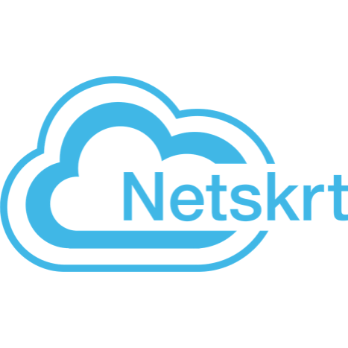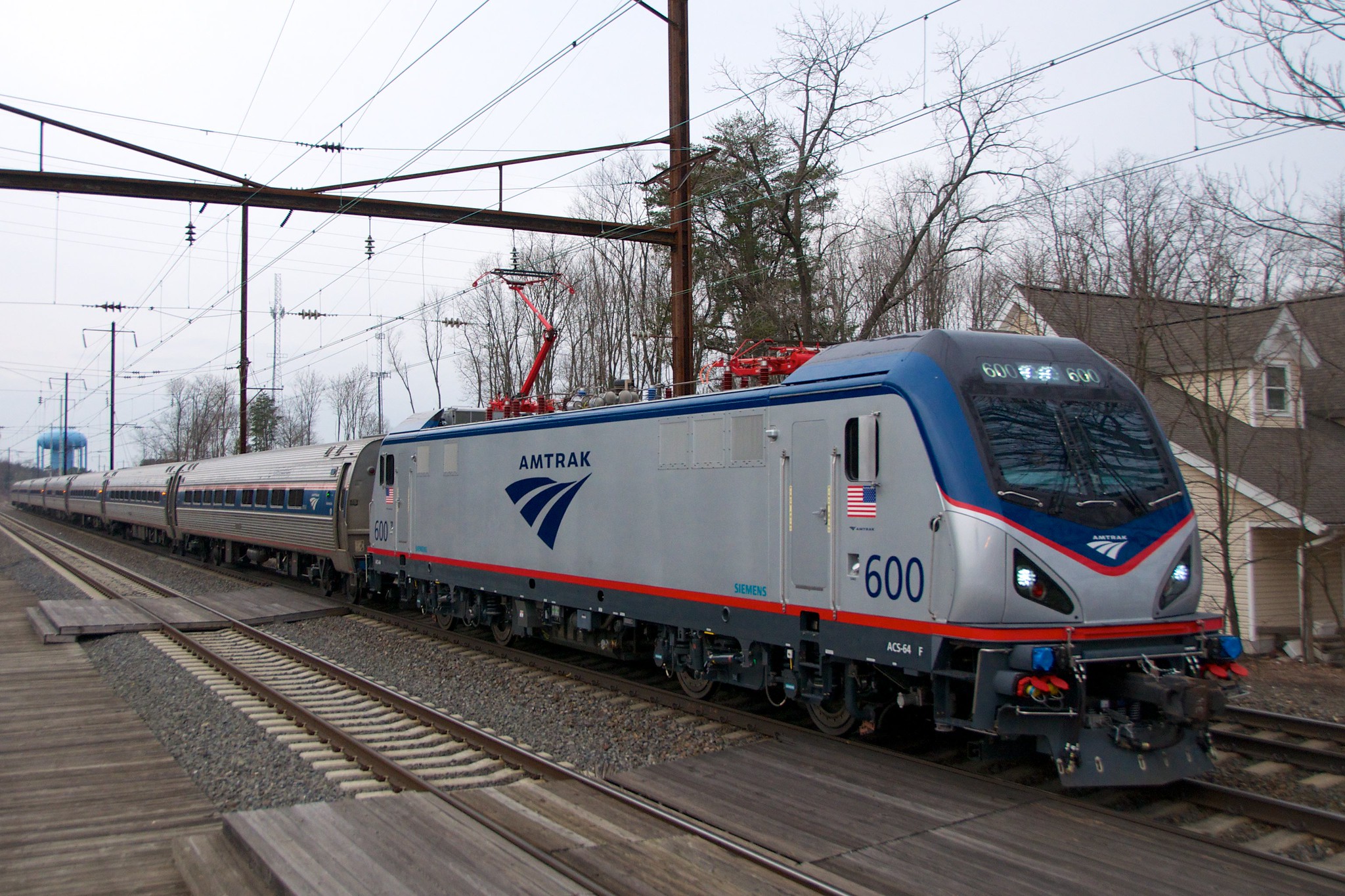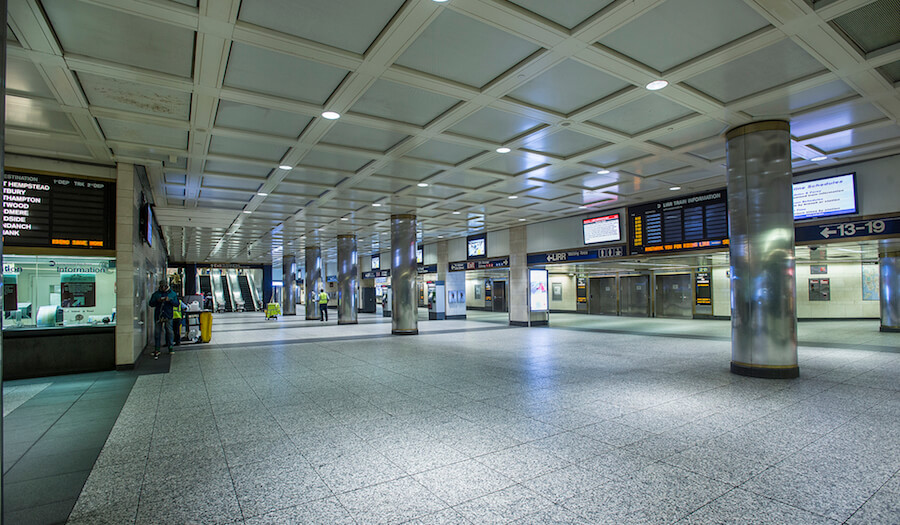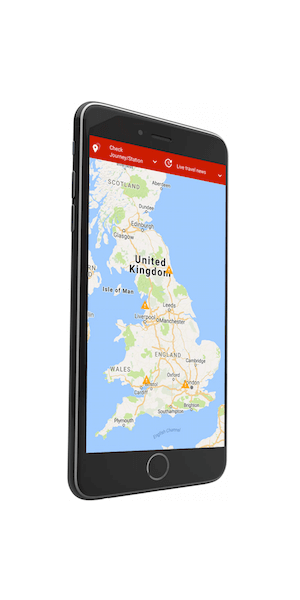Siegfried Luft, CEO and Co-founder of Netskrt Systems, Previews the Dawn of the Mobile Content Delivery Network
It has long been the case that transportation operators in general, and rail companies in particular, are expected to provide Wi-Fi access to the internet for their passengers. In many cases, passengers expect this for free (but complain when it fails to work flawlessly). However, given the fact that wireless technologies must be used to provide the train-to-internet connection, capacity will always be a limiting factor. Because of this limitation, internet connectivity has primarily been intended to allow passengers to surf the web and check email. It has not been intended to allow passengers to watch streaming internet video.

At the same time, a radical transformation is currently underway concerning how people consume video. The dominant models of the past – satellite or cable delivered linear TV and ‘walled garden’ video-on-demand (VOD) – are rapidly giving way to streaming internet video. Cord- cutters and younger ‘cord-nevers’ prefer to subscribe to the content providers of their choice (e.g., BBC, Amazon, Netflix, Disney, Apple, etc.). This allows them to watch anything at any time on any device they want. While this is a general transformation taking place around the world, it is this last aspect that has particular relevance for rail operators. More often than not, consumers watch video on their smartphones, tablets, and laptops, not just television sets. These are obviously devices they carry with them onto trains and, not unreasonably, expect to be able to use in the same manner they do at home. This is where things get a little problematic for rail operators.
The Problem with Onboard Wi-Fi
Cellular connectivity, even rapidly expanding 5G, does not provide enough capacity for more than a handful of passengers to watch streaming internet video. It’s an unavoidable reality that video consumes as much as one hundred times the capacity consumed by email or web surfing, and this will only worsen with 4K video. Most trains today provide fluctuating capacity of up to a few hundred megabits per second that must be shared by potentially hundreds of passengers. Since a single high-def movie can consume as much as 25 megabits per second, there is clearly a math problem here that is difficult to get around. For this reason, most rail Wi-Fi systems, like their airline counterparts, explicitly block streaming video. This is done to prevent a situation where a few users consume all available capacity and ruin the Wi-Fi experience for everyone else.
Many rail operators have tried to address this problem by installing VOD systems, but this is, at best, only a palliative solution. These systems are often described as ‘walled garden’ VOD in that the content available within them must be curated and licensed, directly or indirectly, by the rail operator. The walled garden VOD universe is typically small and limited, content changes infrequently, and it must be licensed by the rail operator (basically putting train operating companies in the entertainment business).
Making matters worse, these systems only work while on board – passengers must use a different app with a different interface and a different library than what they use everywhere else. The universe of streaming internet video, on the other hand, is effectively infinite, it is constantly changing, passengers can watch it anywhere, and they’ve already entered into subscription relationships with their providers of choice.
Disruption That Can’t Be Ignored
At a high level, what is happening as a result of the direct-to-consumer streaming video revolution, driven by massive media companies, is a complete disruption of the middlemen providing distribution services between content owners and consumers. This disruption is disintermediating the video distribution market, causing widespread business failures unless they can quickly adapt. The distribution market includes not only cable and satellite operators, but also the VOD providers on which many rail operators depend for their existing solutions.
For rail operators there are two paths forward with regard to satisfying the internet connectivity and entertainment demands of their passengers. One path involves continuing forward with VOD, but another path is to get out of the entertainment business altogether and facilitate the streaming media revolution that is already underway.
In order to do this, rail operators still must overcome an intractable capacity problem. There is simply not enough network capacity to allow passengers to watch streaming video and it would be prohibitively expensive for rail operators to install the required capacity. They could easily see their wireless bills grow by a factor of 25 or more, obviously a non-starter from a business standpoint.
A clue as to how this problem might be solved can be found in conventional broadband networks. Content delivery networks (CDNs) began to proliferate decades ago in order to increase network efficiency and, primarily, to improve the user experience. CDNs have become especially critical as video traffic has taken over residential broadband networks. Pretty much all of the internet video consumers watch at home is delivered by a CDN.
However, technical limitations have, thus far, prevented CDNs from reaching onboard moving trains, leaving ‘dark spots’ in an otherwise bandwidth-rich internet landscape. Fortunately, recent innovations are beginning to change this to the benefit of rail operators.
The Dawn of the Mobile Content Delivery Network (mCDN)
Technical advances in a number of areas are, for the first time, making it feasible to extend CDNs all the way to the train. These advances, which create a ‘mobile CDN (mCDN)’, include advanced cloud analytics and machine learning, adaptive networking, and large-scale but compact caches. Collectively, mCDNs allow rail operators to adopt video distribution strategies that are compatible with the existing CDNs used to deliver content to homes and businesses around the world.
Rail operators that enable mCDN endpoints on their rolling stock can draft off of the massive content investments being made by media giants and exit the entertainment business themselves (a business they grudgingly entered in the first place). By doing this, they deliver what their passengers truly want – unfettered access to streaming internet video – while improving the overall Wi-Fi experience and putting themselves on a more sustainable long-term cost trajectory.
Siegfried Luft is CEO and Co-founder of Netskrt System, an innovator in mobile Content Delivery Networks (mCDNs).
This article was originally published by Netskrt.







